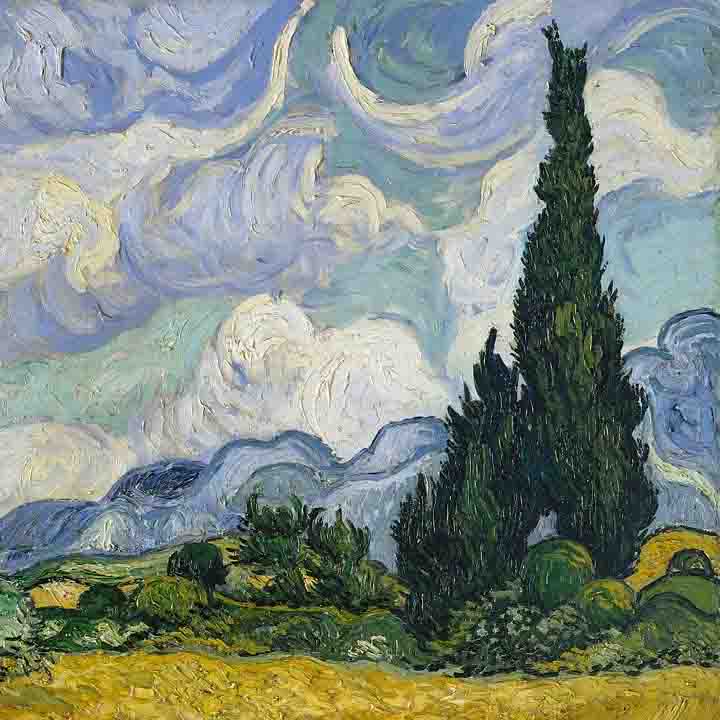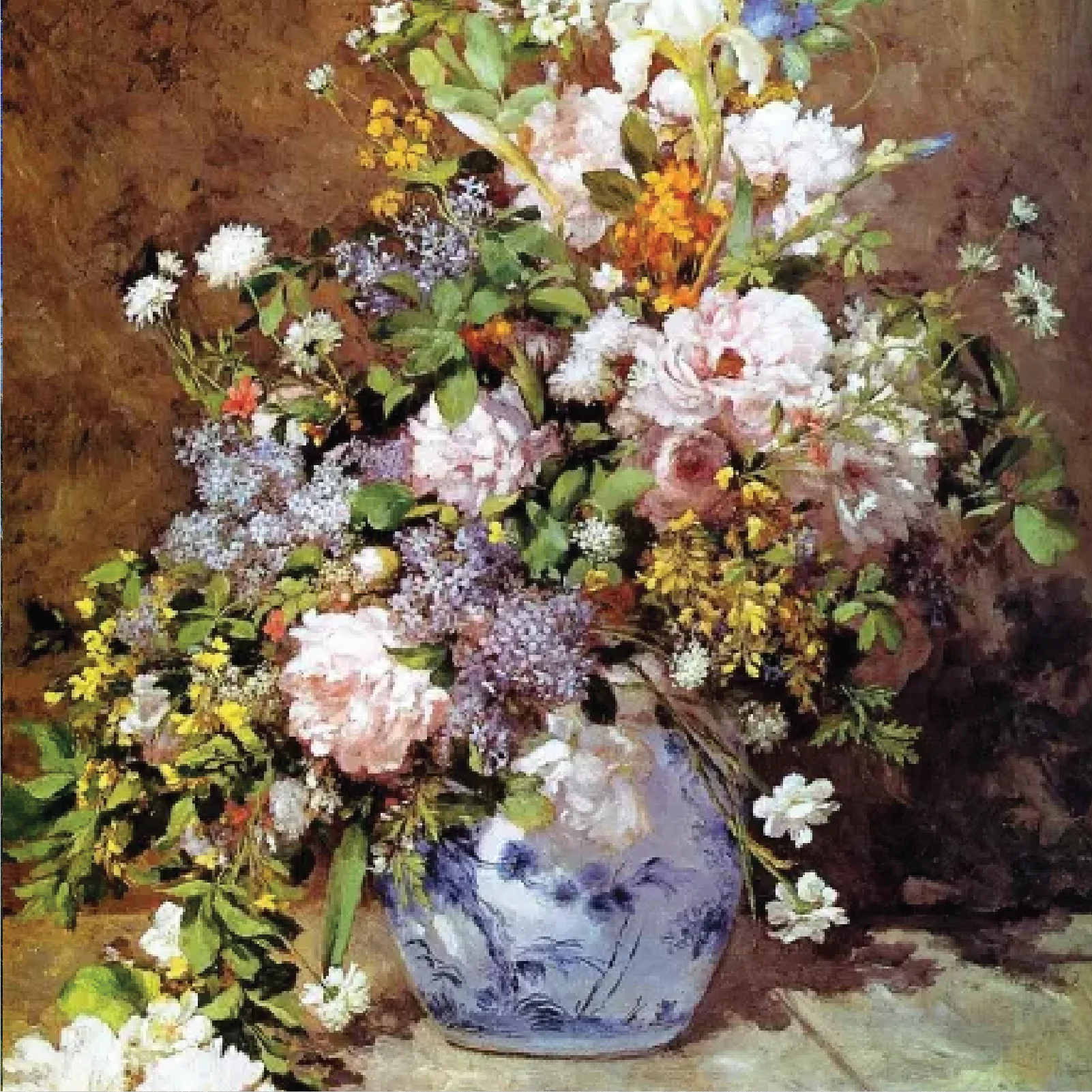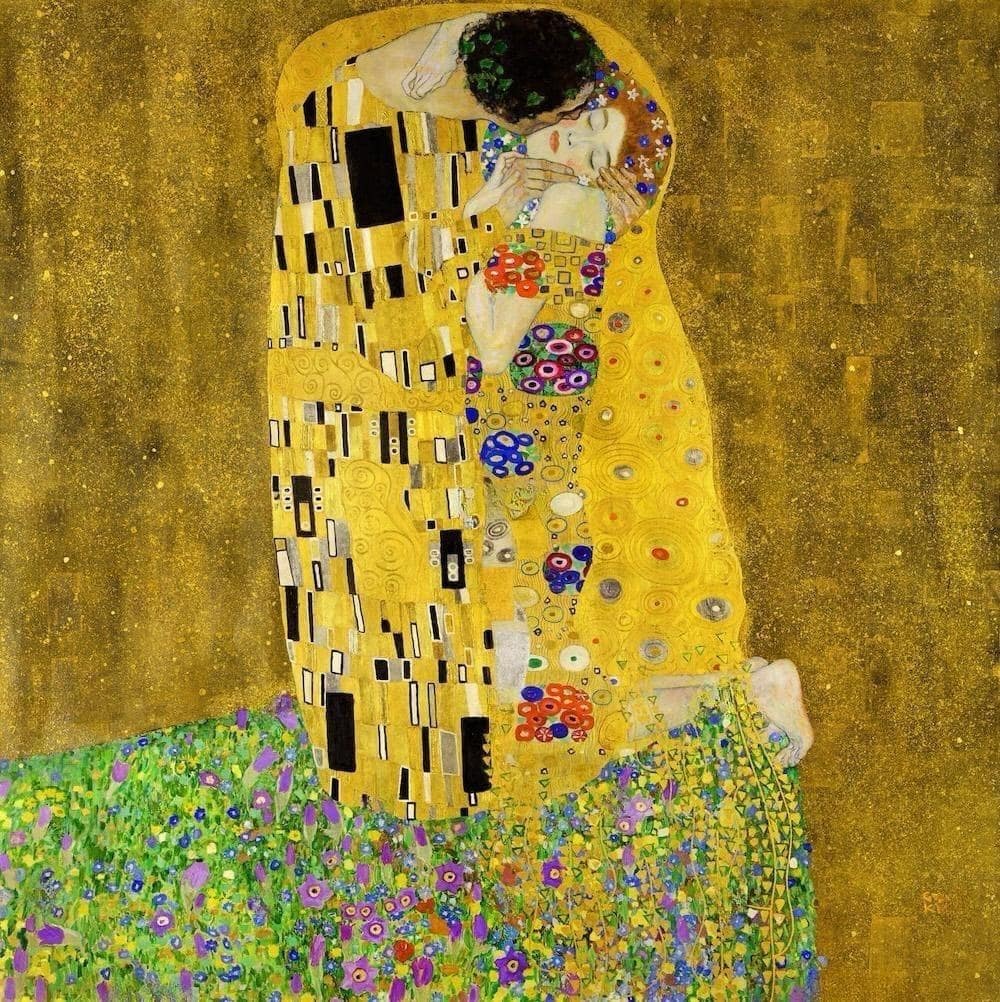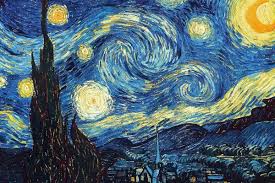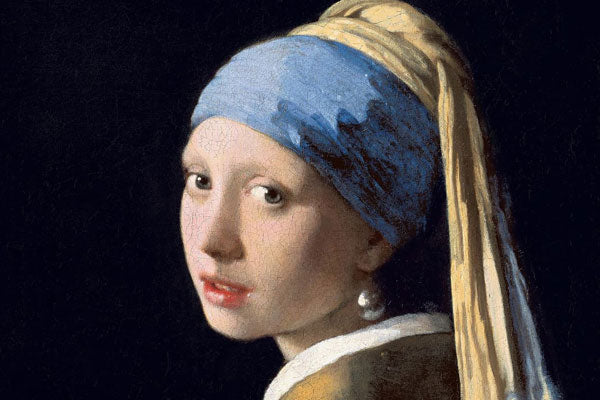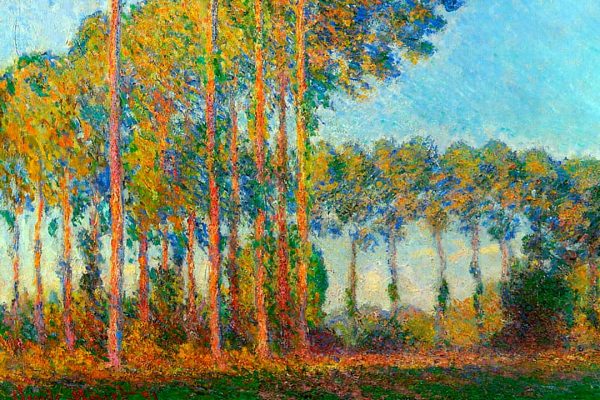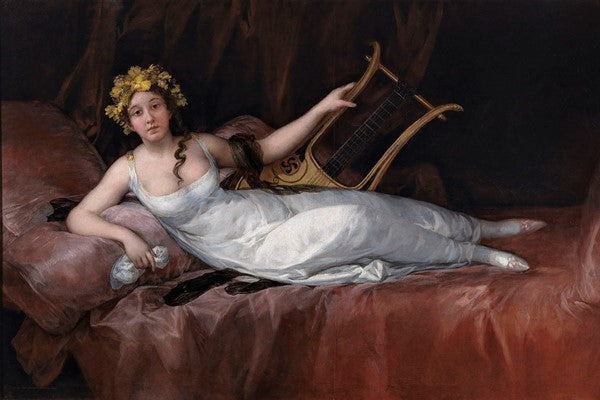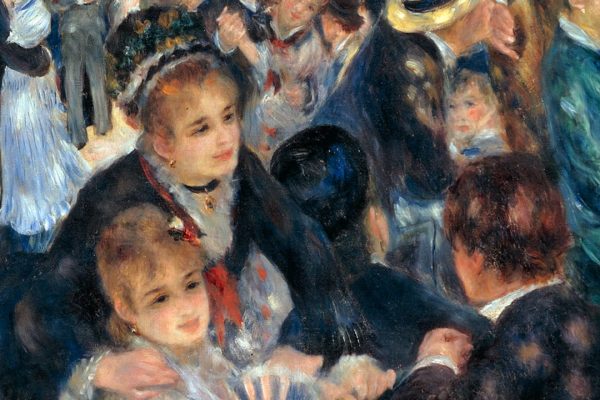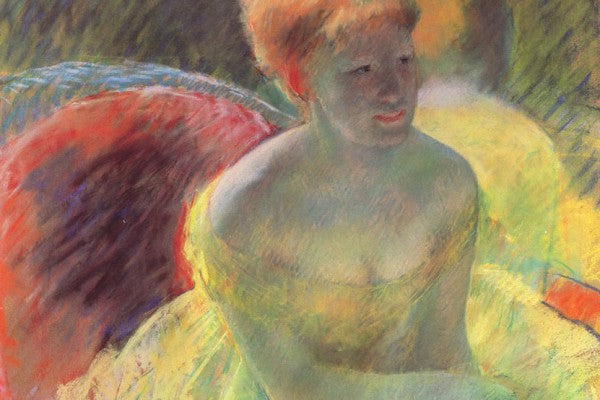Have you ever wondered if that the art on your wall is worth anything? Figuring out if an artwork is valuable can be exciting and rewarding. Whether you inherited a piece of art or found it at a garage sale, knowing its worth can unlock hidden treasures.
This blog will help you learn how to tell if an art is valuable. We'll cover key steps. They include finding the artist of an unknown art print. They also involve researching its history and origin.
You also need to understand art styles and periods for valuation. We'll also discuss the benefits of consulting with a professional art appraiser. We'll also cover using online resources for art valuation.
Determine the Artist of an Unknown Painting
Knowing who created a art is one of the first steps in figuring out its value. Identifying the artist of an unknown painting can be like solving a mystery. Here are some tips to help you:
-
Artists often sign their work. Check the corners of the art for a name or initials. Sometimes, the signature might be hidden within the artwork itself.
-
The back of the canvas or frame can have important clues. You might find labels, dates, or even more signatures.
-
If you have a guess about the artist, compare your art with their known works. Look at details like brushstrokes, colors, and subjects.
-
There are websites that can help you identify artists based on signatures or styles. These online resources for art valuation are very helpful.
-
If you’re stuck, consulting with a professional art appraiser can give you the answers you need. They have the experience and tools to identify artists accurately.
Researching the History and Provenance of a Painting
Knowing the subject matter of a painting can add a lot to its value. This background, known as provenance, tells you where the painting has been and who owned it. Here’s how you can research the history and provenance of an art:
-
Look at the back of the painting or the frame for old labels, stamps, or notes. These can give you clues about previous owners or galleries.
-
Sometimes, paintings have been sold at auctions before. Check auction house records to see if your painting has a history of being sold.
-
If you know who owned the painting historically before you. They might have valuable information about where it came from.
-
Museums and libraries often have archives and records of artworks. They can help you find information about your painting’s edition.
-
Many websites specialize in provenance research. They can help you trace the history of your painting and its past owners.
-
An art historian can provide expert insights and might uncover details that are hard to find on your own.
Understanding Art Styles and Periods for Valuation
To find a painting's worth, you need to know about art styles and periods. Each style and period has its own unique characteristics and history. Here’s how you can understand art styles and periods for valuation:
-
Learn about major art movements, such as the Renaissance, Baroque, Impressionism, and Modernism. Each movement has distinct features that make it easy to identify.
-
Famous artists often belong to specific styles and periods. Knowing their techniques and common themes can help you place a painting correctly.
-
Different periods focus on different subjects. For example, the Renaissance often has religious themes. Impressionism focuses on light and everyday scenes. Many websites provide information on art movements and their characteristics. These resources can help you learn about different styles and periods.
-
Seeing artworks in person can give you a better understanding of different styles. Pay attention to the details and try to spot similarities with your painting.
-
Art history books are a great source of information. They often include timelines and descriptions of various art periods.
Consulting with a Professional Art Appraiser
Sometimes, the best way to find a painting's value is to ask a professional artist. An artist has the expertise and tools needed to assess your artwork accurately.
They examine many parts of the painting. These include its condition, where it's from, and the artist's reputation. Appraisers also keep up with current market trends.
This helps them give an up-to-date valuation. When selecting an appraisal, choose someone with a good reputation and proper certification. This ensures that you get a reliable evaluation. It will be professional and about your painting’s worth.
Artist Identification To make the Painting Valuable
Techniques for identifying the artist of a painting is key. Start by looking for a signature, initials, or any marks. They might show the artist's identity. These are usually found in the corners or on the back of the painting. Compare these signatures with known examples from suspected artists. Online databases and resources can be helpful for matching signatures and styles.
The importance of artist reputation on value cannot be overstated. A famous artist can greatly increase a painting's worth. They have a strong reputation. An artist's fame, history, and demand in the art market raise the value of their work. Artists often have their works in catalogs. Their pieces tend to fetch higher prices at auctions and galleries.
Art Movements and Their Influence on Value
Understanding art movements is key to determining the value of a painting. Art movements are periods in art history marked by a distinctive style or approach. Some key art movements include:
-
The Renaissance was known for its focus on realism and humanism. It had famous artists like Leonardo da Vinci and Michelangelo.
-
Baroque art is known for its dramatic use of light and shadow. Artists like Caravaggio and Rembrandt worked in this style.
-
Impressionism features light and everyday scenes. Artists include Claude Monet and Edgar Degas.

-
Modernism included many styles. These included Cubism by Pablo Picasso and Surrealism by Salvador Dalí.
How art movements affect market value is significant. Paintings from some movements, like the Renaissance or Impressionism, often have high value. This is due to their historical importance and influence. The demand for art from these periods remains strong, driving up prices. Collectors and museums seek out works from notable movements, making them more valuable.
Conclusion
Evaluating a painting’s value can be an exciting journey. To identify the artist of an unknown painting, follow these tips. Research the history and provenance of the painting.
Understand art styles and periods for valuation. Doing this can unlock the hidden potential of your artwork. Don't forget the importance of consulting with a professional art appraiser. Use online resources for art valuation to get accurate assessments.
If you want to add more art to your collection, consider buying high-quality oil painting reproduction companies like Art&See to explore a variety of stunning options.
FAQs
How to tell if a painting is an original or a reproduction?
Check for unique brushstrokes and texture. Reproductions often lack depth. A professional appraiser can help verify authenticity.
What should I do if my painting is unsigned?
Examine the style and materials. Compare with known works or consult an art appraiser for expert identification.
How can I find the current market value of my painting?
Look at recent auction sales of similar works. Use online art databases. Also, consult professional appraisers.
What factors can decrease the value of a painting?
Damage, poor restoration, lack of provenance, and declining artist popularity can decrease value. Proper preservation and documentation help maintain value.





